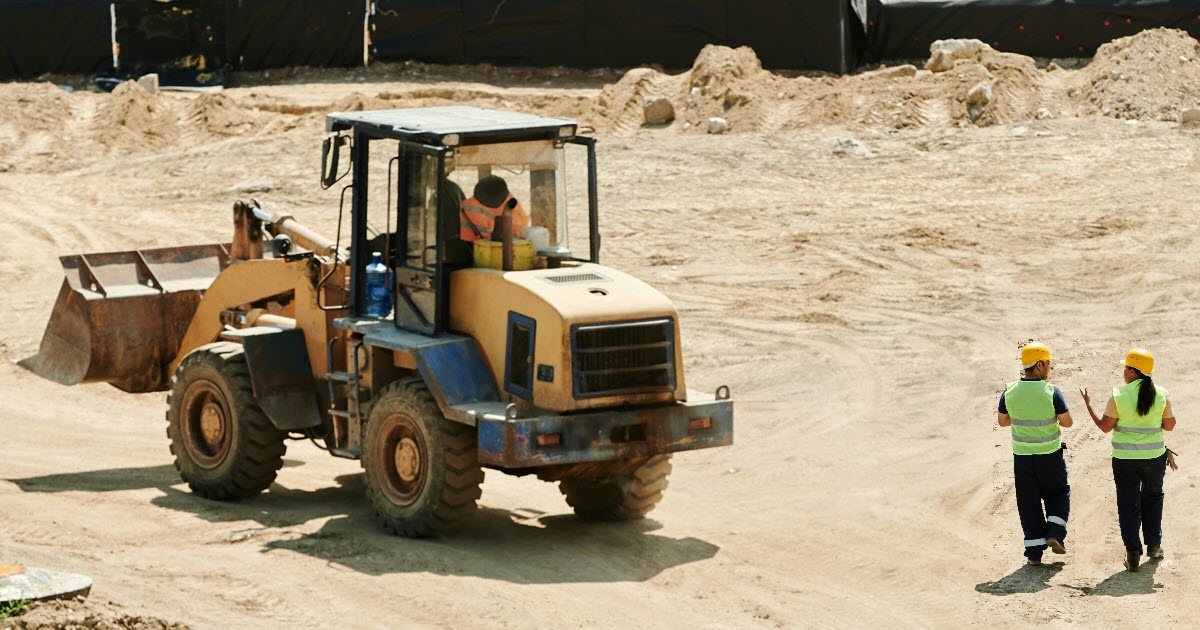
Tips for Backing Up Construction Vehicles Safely

On construction sites, during disaster cleanup, or anywhere large equipment is used, workers must be trained and diligent to avoid two common worksite tragedies: workplace backover deaths and struck-by incidents. The Bureau of Labor Statistics reports that dozens of backover deaths occur every year.
Struck-by injuries and fatalities commonly are caused by conventional traffic/passenger vehicles, forklifts and other powered industrial equipment, such as construction vehicles, cranes and yard trucks. Line-of-sight limitations in such vehicles and equipment make it hard for equipment operators to see other workers on the ground. And all large vehicles have limited visibility or blind spots in some areas.
OSHA recommendations to help prevent construction backover accidents:
Spotters: Using a spotter helps keep workers safe. However, spotters also face danger of being hit by backing vehicles.
Cameras: OSHA states that most vehicles can accommodate a camera. Cameras provide drivers with a view to the rear and other blind spots. When equipping vehicles with cameras, it is important to consider the environment operators work in. Some construction sites and mines may require more rugged cameras. Vehicles such as dump trucks may need two or more cameras to monitor blind spots.
Proximity detection systems: These systems use radar and ultrasonic technology to bounce a signal off an object. The system then alerts the vehicle operator with a visual or audio warning that an object is in the way.
Internal traffic control plan: Create a plan to coordinate the flow of moving equipment and workers. The goal is to minimize the number of times workers and vehicles cross paths. According to OSHA, these plans can significantly reduce and even eliminate the need for vehicles to back up on a jobsite.
Workers on the ground should always wear high-visibility clothing and pay close attention to their surroundings.

